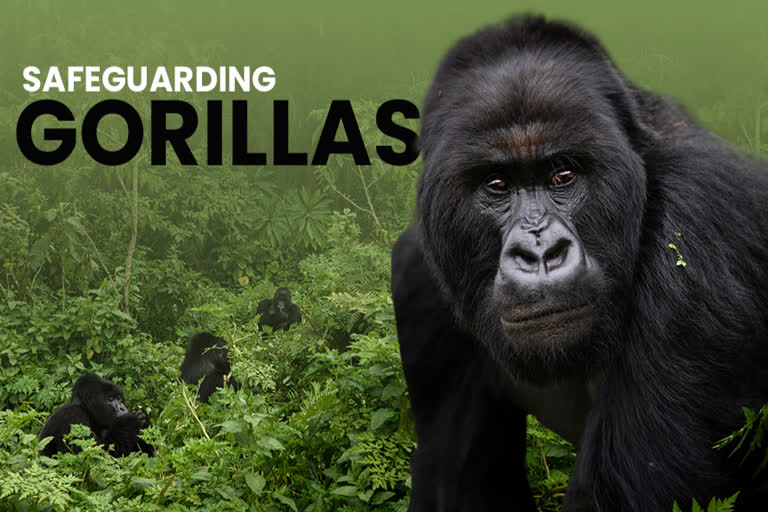Rwanda: Deep in the rainforest of Rwanda is the site of the longest-running gorilla study in the world.
A concerted and sustained conservation campaign has helped bring mountain gorillas back from the brink of extinction. That has meant monitoring every single gorilla in Volcanoes National Park.
“We record every activity in gorilla every day. And this is our daily report,” says gorilla tracker Emmanuel Bizagwira.
Veterinarians also monitor gorillas for wounds and signs of respiratory infections, and periodically intervene with veterinary care. When there’s a gorilla emergency, teams have to carry everything they might need in equipment bags weighing up to 100 pounds including portable X-ray machines.
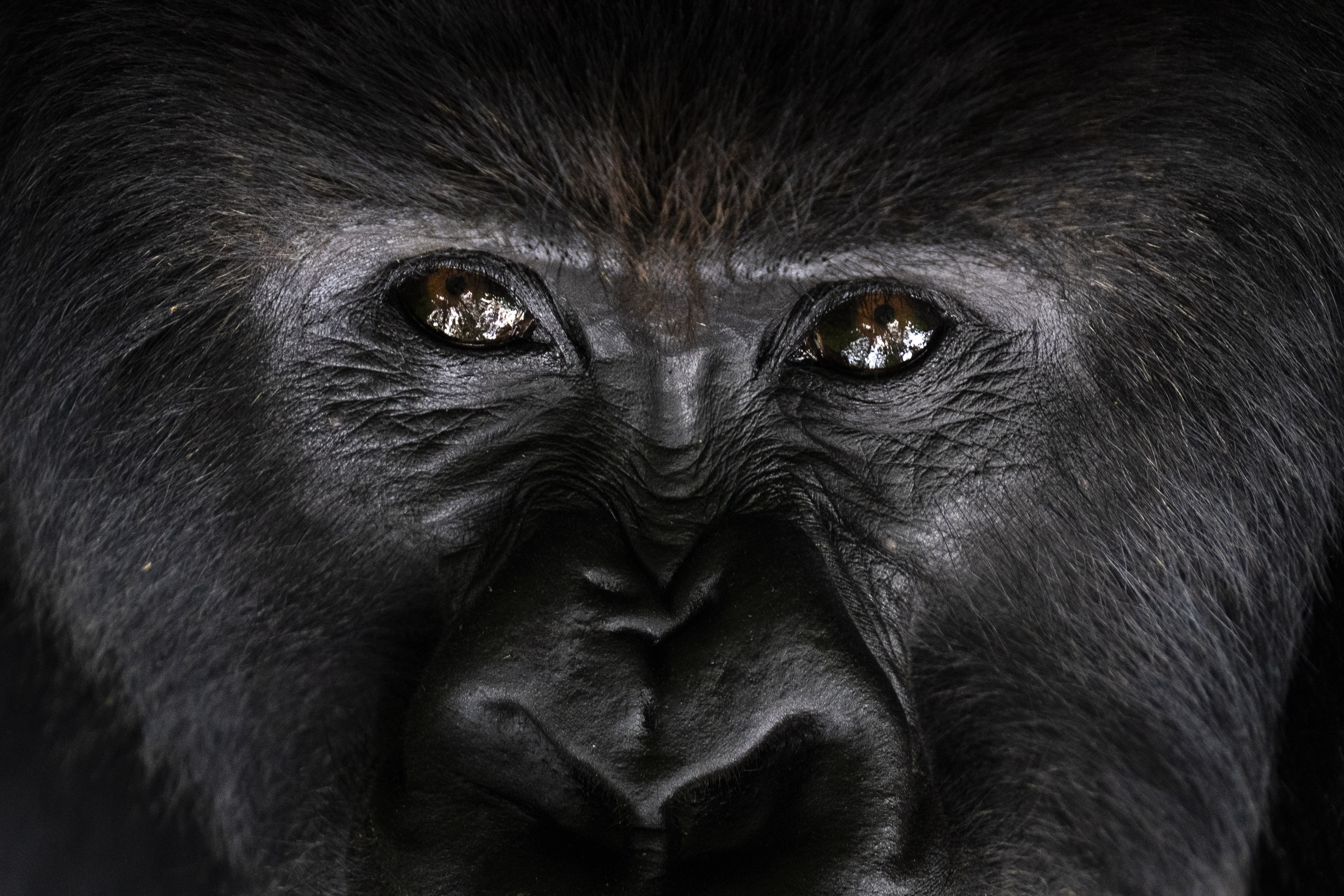
“We do all our clinical work in this forest. We don’t take animals outside the park,” says Jean Bosco Noheli, a veterinarian with Gorilla Doctors, a nonprofit.
Last fall, the Switzerland-based International Union for Conservation of Nature changed the status of mountain gorillas from “critically endangered” to “endangered.”
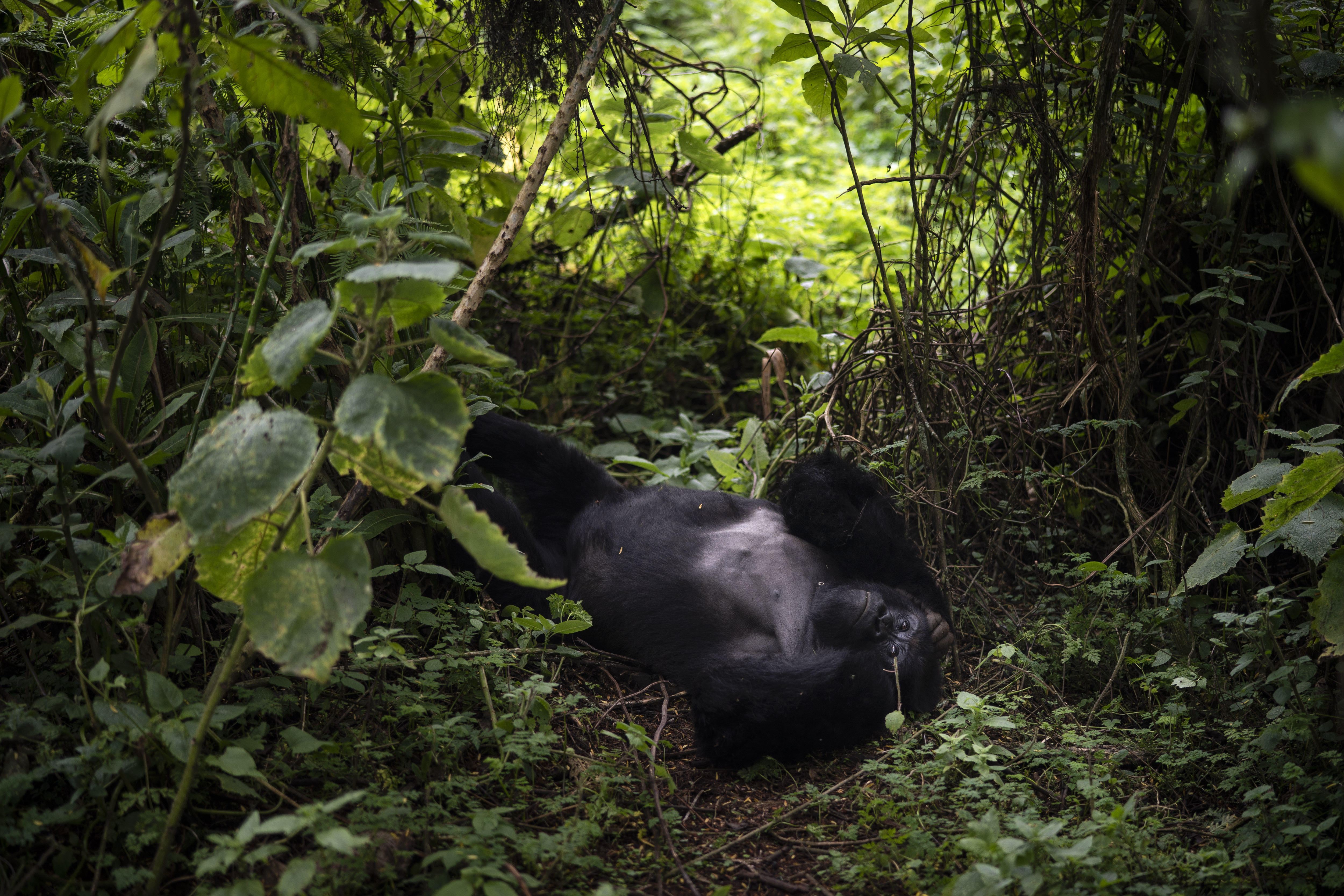
Read Also: Killing owl to save owl
The total number of mountain gorillas has risen from 680 a decade ago to just over 1,000 today. Their population is split between two regions running through Congo, Uganda, and Rwanda; one of Africa’s smallest and most densely populated countries.
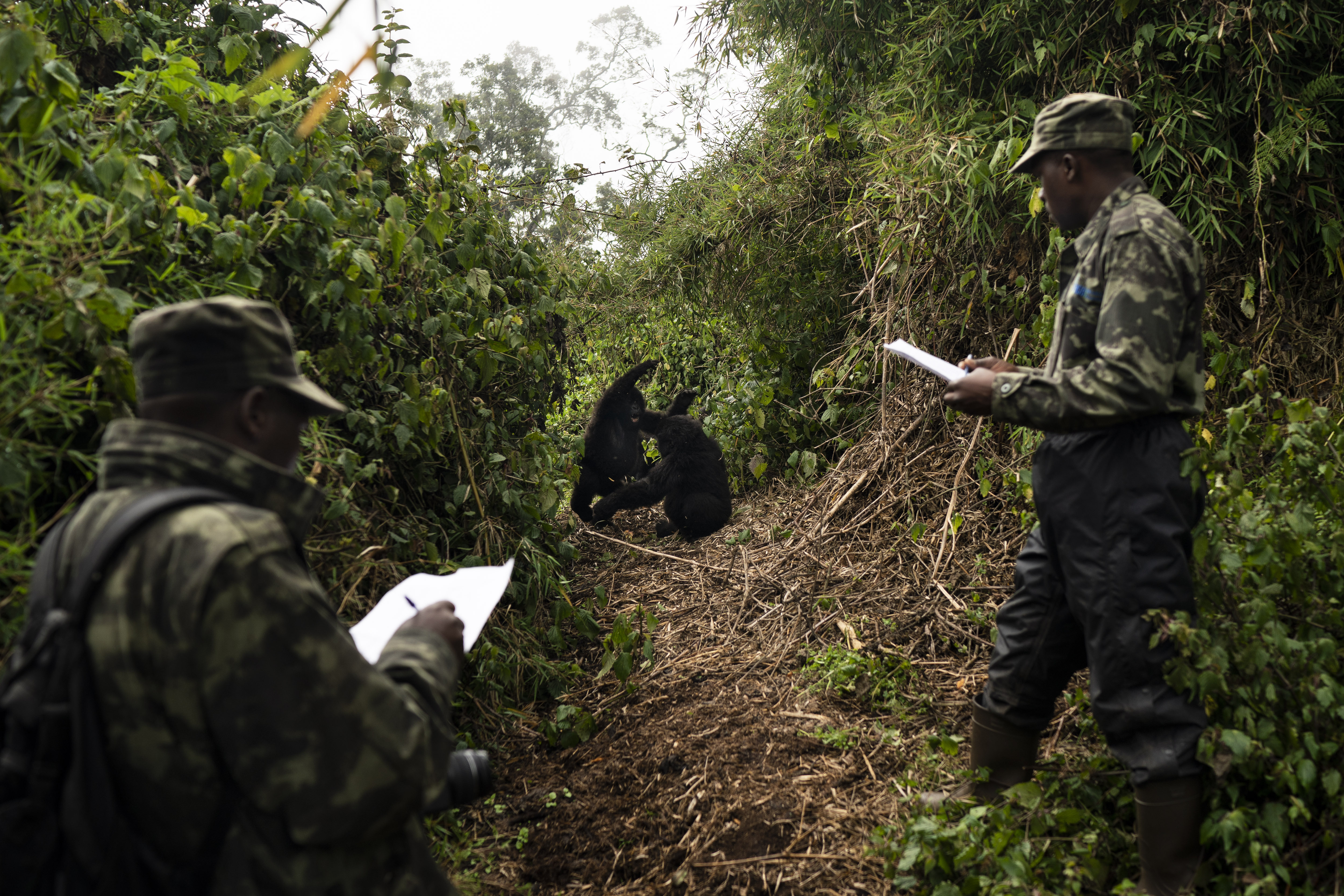
“If we manage to preserve the habitat and keep doing, investing our daily efforts in the conservation of that species, I think that population has a future, but it will not go without extreme conservation efforts,” says Winnie Eckardt with the Dian Fossey Gorilla Fund.
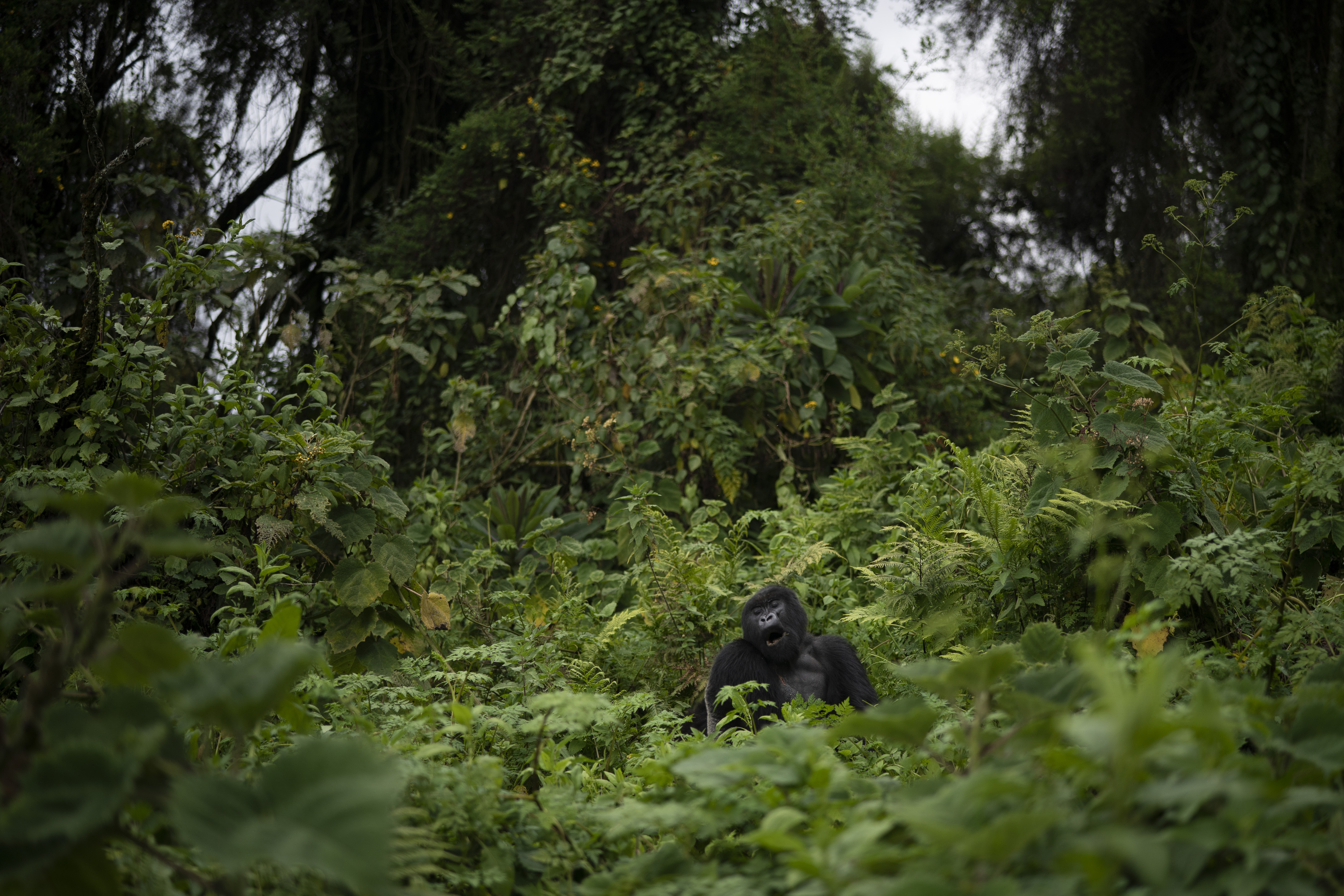
In 2005, the government adopted a model to steer 5% of tourism revenue from Volcanoes National Park to build infrastructure in surrounding villages including schools and health clinics. The amount was increased to 10% starting in 2018. To date, about $2 million has gone into funding village projects.
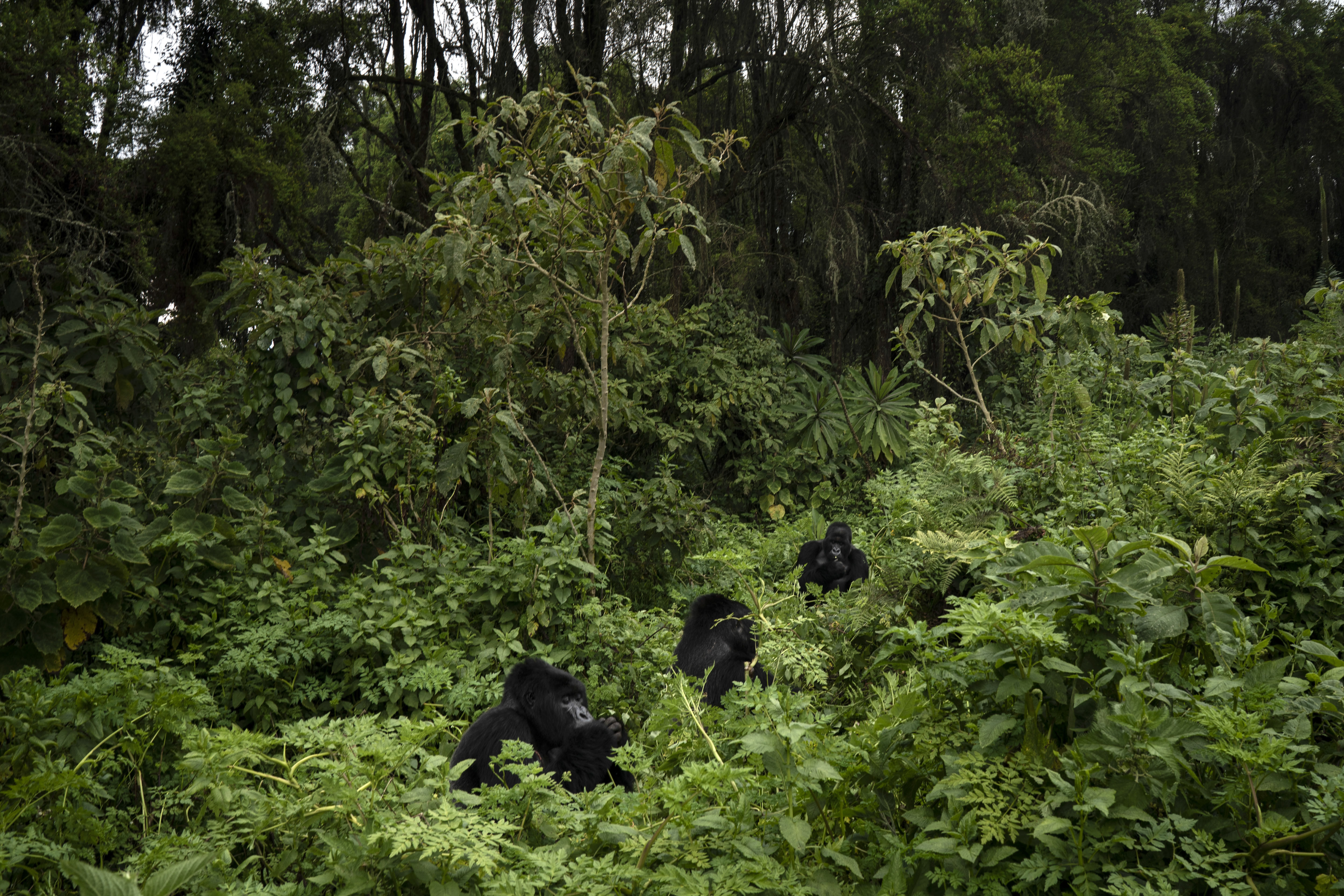
“We don’t want to conserve or protect the park with guns. We want to protect and conserve this park with people who understand why and who take their responsibilities as well. And that is the only reason to do, achieve sustainable conservation,” says Prosper Uwingeli, chief warden of Volcanoes National Park.
